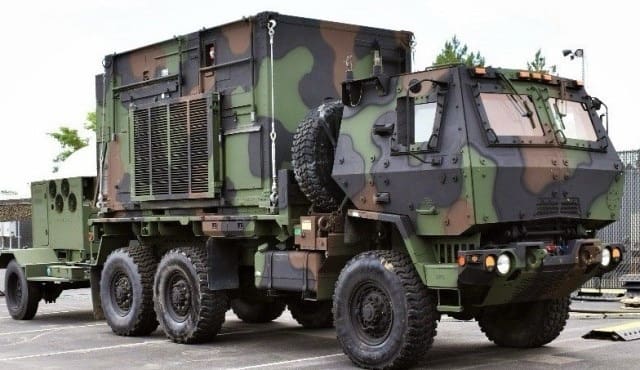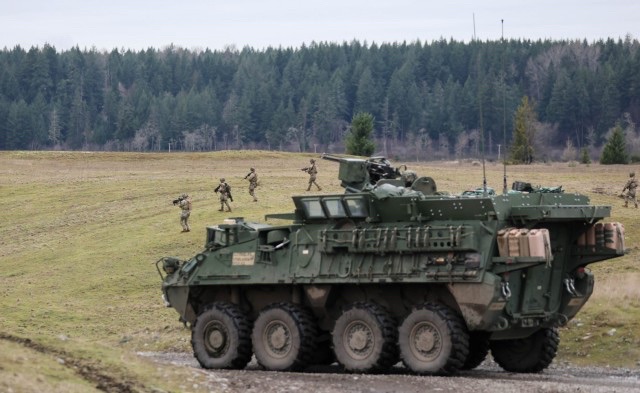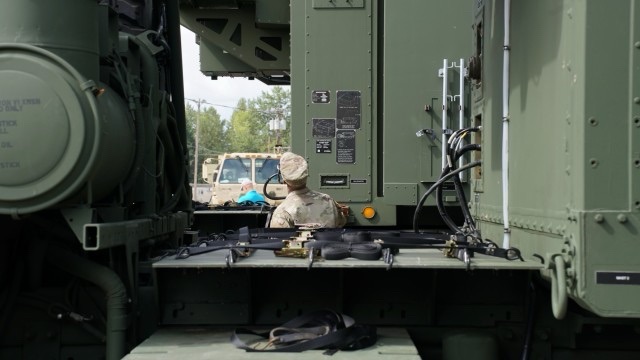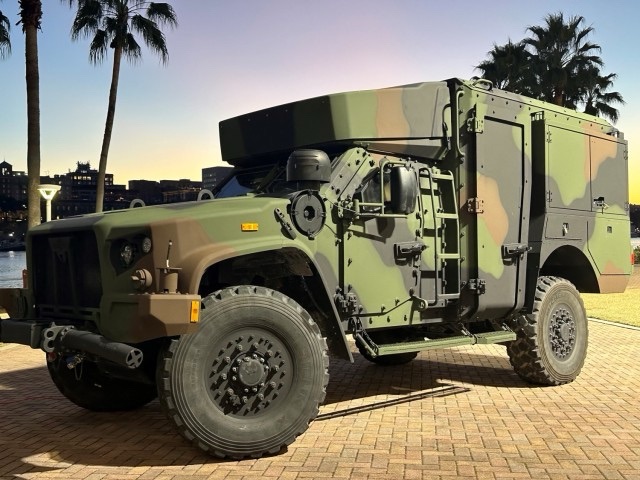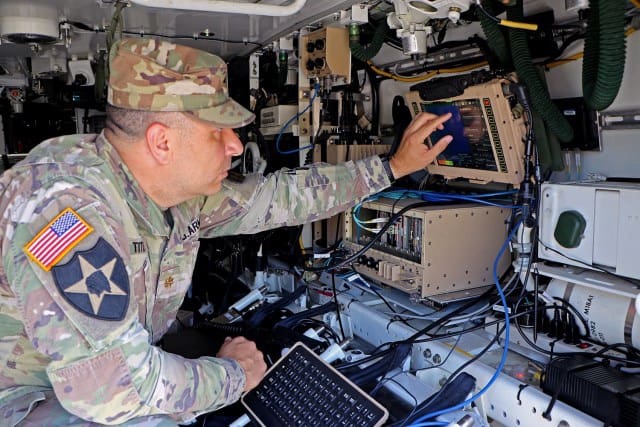
JOINT BASE McGUIRE-DIX-LAKEHURST, N.J. — Army C5ISR Center scientists and engineers are kicking off the annual Network Modernization Experiment, known as NetModX, as they move capabilities from the lab to a field environment to assess performance of projects.
The Command, Control, Communication, Computers, Cyber, Intelligence, Surveillance and Reconnaissance Center — shortened as C5ISR Center — and partner organizations will experiment over nine weeks with a broad spectrum of network-related capabilities in an operationally realistic, threat-informed environment to prove out disruptive and transformative C5ISR technologies, according to Joe Saldiveri, the event’s lead strategic planner. The C5ISR Center is an element of the Combat Capabilities Development Command.
NetModX 24 encompasses experimentation with dozens of technologies as C5ISR Center joins Army programs of record, cross-functional teams and industry partners across three locations in New Jersey and Maryland. The event supports programs of record gather experimentation data for decision-making as well as incorporating industry participation into the modernization process.

The Army Network is one of the chief of staff of the Army’s top priorities and enables critical capabilities across five modernization priorities: future vertical lift, long-range precision fires, network, next generation combat vehicle and Soldier lethality.
“NetModX is a unique venue for the Army to understand how emergent technologies perform in a converged field environment early in the development process. This approach leads to a tighter coupling between government programs and industry to mature technologies that address Army needs,” Saldiveri said.
For the second consecutive year, NetModX 24 will use a live, virtual and constructive environment that enables experimentation in a distributed manner. LVC assists the NetModX team to provide an all-inclusive service by combining real and simulated capabilities to stimulate technologies under experimentation, according to Noah Weston, C5ISR Center’s Strategic Experimentation Office chief.

The LVC environment offers multiple experimentation benefits, such as a reduction in the need for expensive or scarce real systems, the ability to rapidly iterate through experiment permutations and the ability to run experiments faster than real time.
“The C5ISR Center continues to invest and work with partners in building out LVC capabilities — to ensure we are pushing the state-of-the-art boundaries,” Weston said.
Soldier participation is also a key component to build upon work from scientists and engineers. 75th Innovation Command Soldiers will provide real-time feedback on how systems would affect operational mission performance.

“Soldier participation allows developers to gain insights into how Soldiers would interact with the programs, providing valuable lessons across the range of technology readiness levels,” Weston said.
The experimentation enables the Center to reduce risk for the Army and provide information critical for data-driven technical and programmatic decisions, according to Beth Ferry, acting C5ISR Center director.
“NetModX will help enable the Army to meet the Chief of Staff’s goal for an agile and robust Network as our top modernization priority,” Ferry said.
By Dan Lafontaine, DEVCOM C5ISR Center Public Affairs


